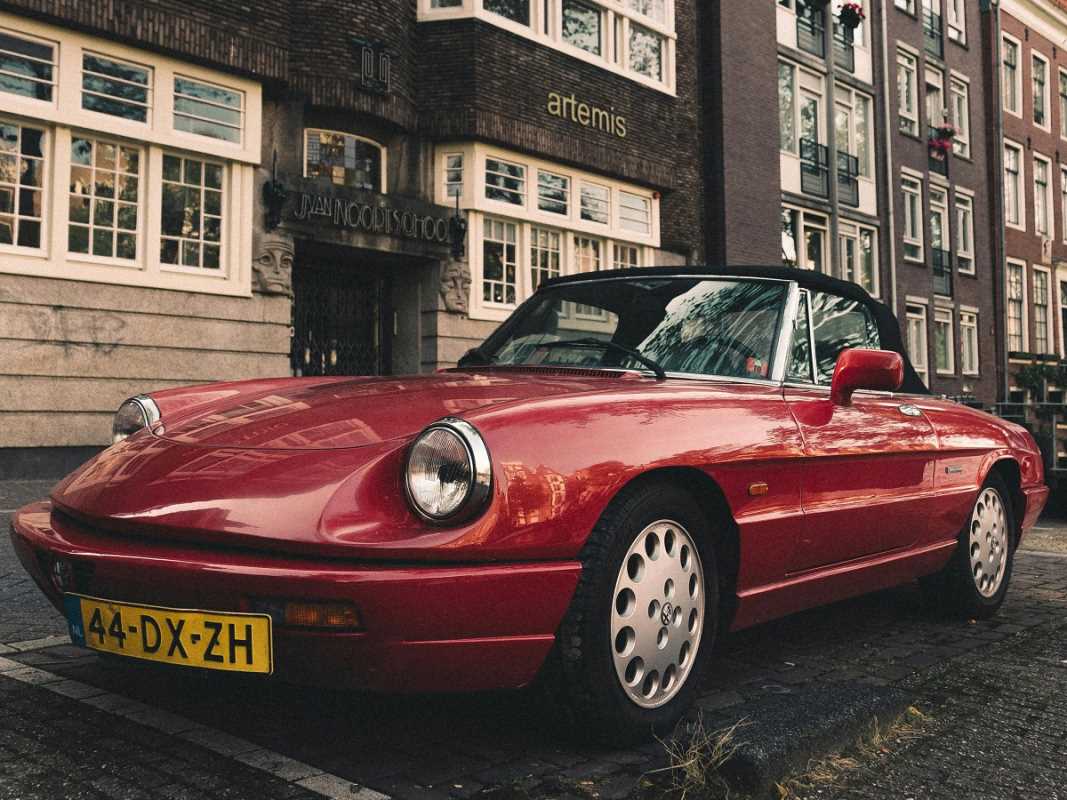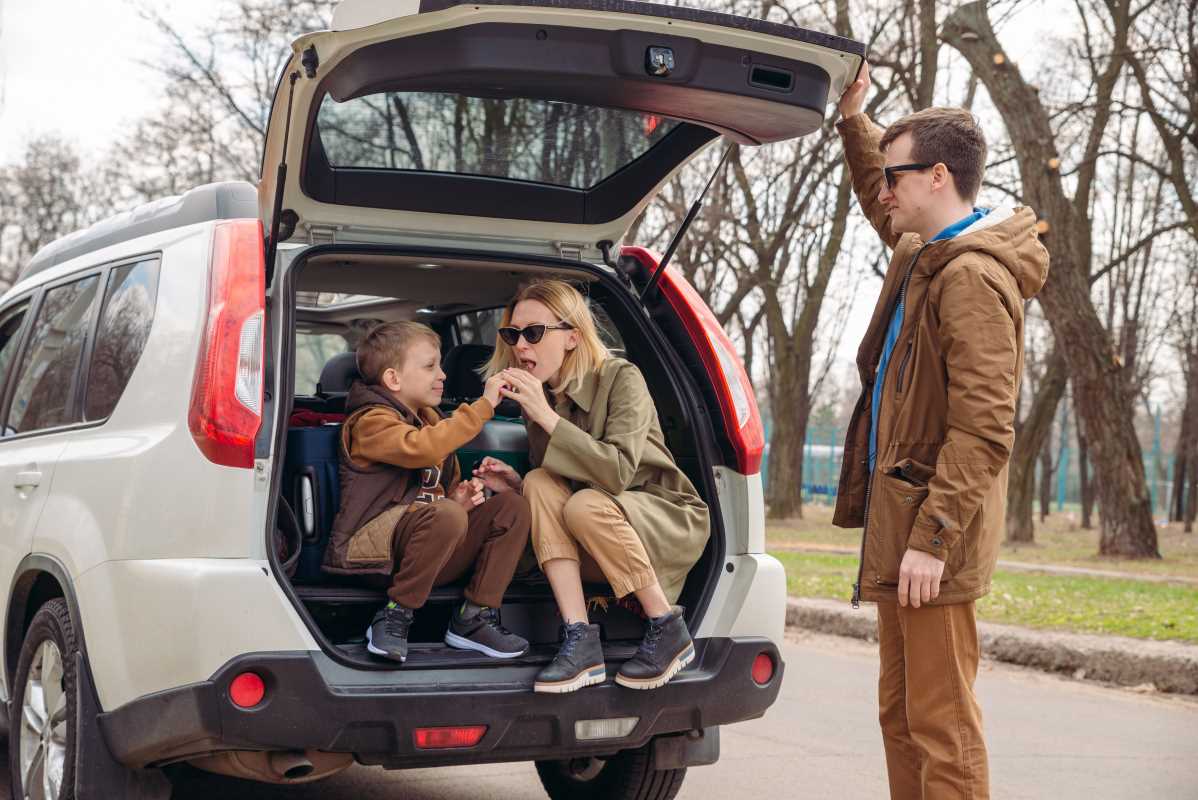For decades, vintage cars have held a special place in the hearts of auto enthusiasts. Their sleek designs, unique charm, and nostalgic appeal conjure memories of a time when driving wasn’t just about getting from Point A to Point B—it was an experience. But in recent years, vintage cars have also found a prominent place in modern advertising. From luxury brands to lifestyle campaigns, these timeless vehicles are being used to tell powerful stories and captivate audiences. Why do vintage cars possess such magnetic appeal in the world of modern marketing?
The Allure of Nostalgia
Nostalgia is a powerful emotion, and vintage cars are one of the most evocative symbols of it. When we see a classic car in an ad, it often transports us back to a different era. For some, it’s a trip down memory lane to childhood road trips or the dream cars of yesteryears. For younger generations, vintage cars evoke an idealized version of the past, filled with charm and elegance.
Marketers have tapped into this sentiment effectively, using vintage cars to connect emotionally with audiences. Nostalgia creates trust and warmth, which makes campaigns more memorable. Whether it’s a 1960s Mustang roaring down the highway or a gleaming Volkswagen Beetle parked by a beach, these cars tell stories of exploration, freedom, and simplicity.
Timeless Aesthetics
Vintage cars have a style and elegance that’s hard to replicate. Iconic shapes, chrome details, and bold colors make them immediately recognizable. Modern cars may boast cutting-edge technology, but vintage designs remain unparalleled in their ability to turn heads and exude distinction.
Advertisers looking to spotlight luxury, craftsmanship, or attention to detail often rely on vintage vehicles. A Jaguar E-Type or a Mercedes-Benz 300SL doesn’t just sell a product; it sells sophistication, personality, and a commitment to quality that resonates deeply. This is why high-end brands often pair their products with these classy designs to make a statement.
A Bridge Between Generations
Vintage cars act as a cultural bridge between generations, appealing to a wider audience. For baby boomers, they rekindle memories of their glory days. For millennials and Gen Z, these cars are objects of intrigue, offering a glimpse into a world before smartphones and electric vehicles.
An advertising campaign, for instance, that features a classic Corvette cruising alongside a modern Tesla Model S juxtaposes the past and present, symbolizing progress without losing touch with heritage. Such imagery connects with both older viewers who value tradition and younger audiences fascinated by innovation.
Storytelling Through Iconic Cars
Every vintage car has a story, and those stories are intrinsically tied to human emotion. Whether it’s the rebellious spirit of a Mustang or the carefree vibe of a VW Bus, classic cars are rich with meaning. Advertisers use these associations to build compelling narratives.
Take, for example, Levi’s campaigns. It’s not uncommon to see a 1970s Chevrolet in their ads, parked in a golden field with denim-clad models lounging against it. These cars set the scene and amplify the brand’s core messaging of rugged individuality and timelessness.
Equally effective is the use of vintage racing cars in ads for watches or high-performance vehicles. The gritty imagery of endurance races evokes themes of precision, resilience, and speed that align with these brands’ values.
Symbol of Exclusivity and Aspiration
Owning a vintage car is no easy feat. They’re rare, expensive, and require careful maintenance. This makes them symbols of exclusivity and aspiration, traits that resonate strongly in advertising. Whether featured in luxury watch ads or premium cologne campaigns, vintage cars instantly elevate a brand’s perceived value.
For example, Rolex’s association with classic automotive events like the Goodwood Revival positions the brand as timeless and elite. By blending the prestige of the event and the beauty of vintage cars, Rolex reinforces its identity as a symbol of achievement and heritage.
The Versatility of Vintage in Modern Contexts
What makes vintage cars so effective in modern ads is their versatility. Depending on the story a brand wants to tell, these cars can be reimagined to fit a variety of contexts.
- Luxury and Sophistication: Think Gatsby-esque mansions paired with a Rolls Royce Phantom.
- Fun and Adventure: A group of friends piling into a colorful 1960s van for a road trip.
- Rebellion and Edge: A rugged Dodge Charger roaring through the desert, leaving a trail of dust.
These visuals not only command attention but also add depth to a brand’s identity.
Vintage Cars in the Digital Era
Interestingly, vintage cars have also found a new life in the digital age. From Instagram reels to fashion collaborations, their unique aesthetic perfectly aligns with the highly visual world of social media. Influencers and brands regularly feature vintage vehicles in their content, cementing their relevance in both retro and contemporary spaces.
Vintage cars have an enduring mystique that bridges the past and present. Their role in modern advertising goes far beyond aesthetics; they carry with them stories, emotions, and values that resonate across generations.
For brands aiming to make a bold statement, capture nostalgia, or connect with diverse audiences, classic cars are a perfect match. Their timeless appeal reminds us that sometimes, looking back is the best way to move forward.
 (Image via
(Image via





